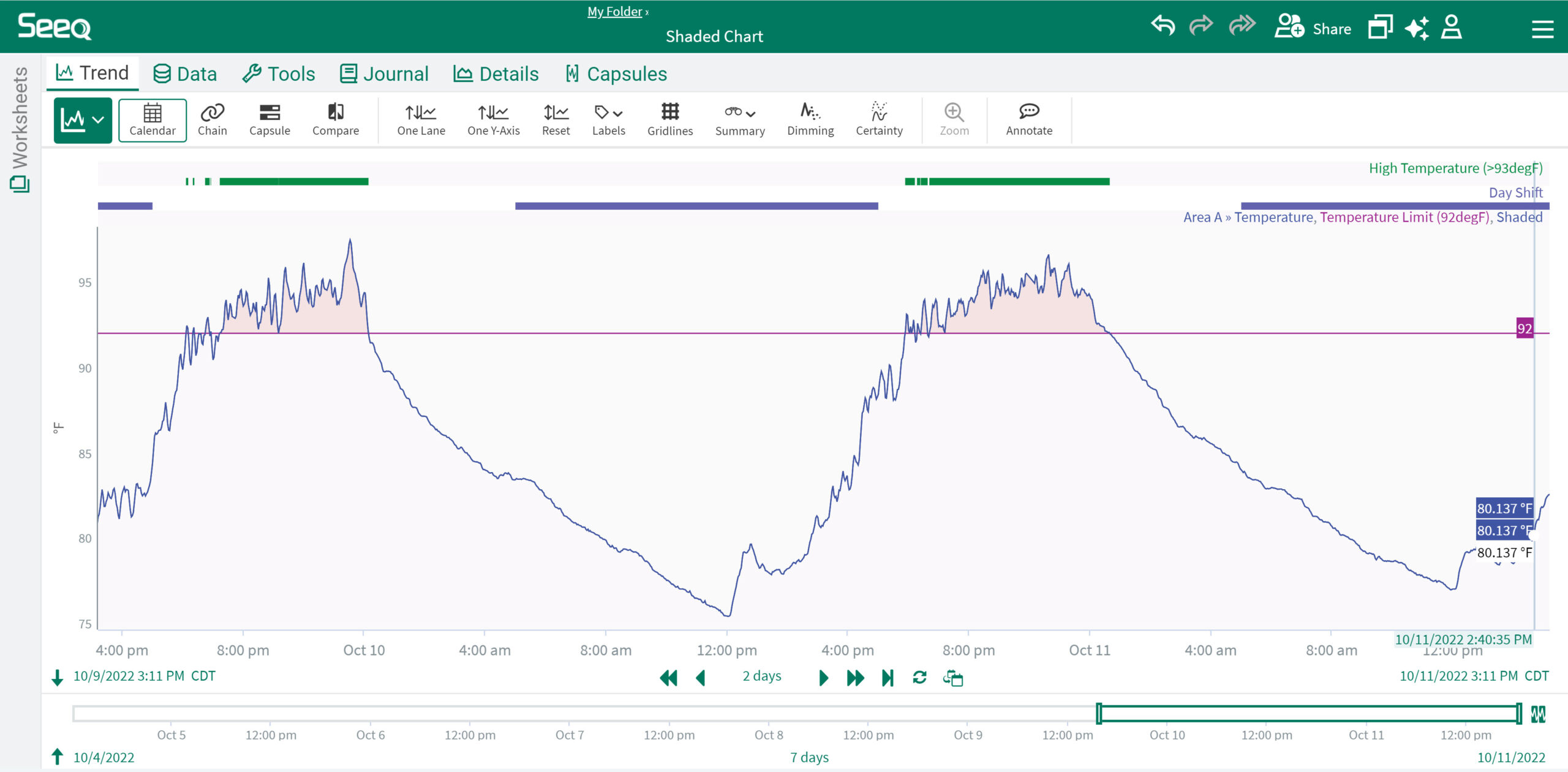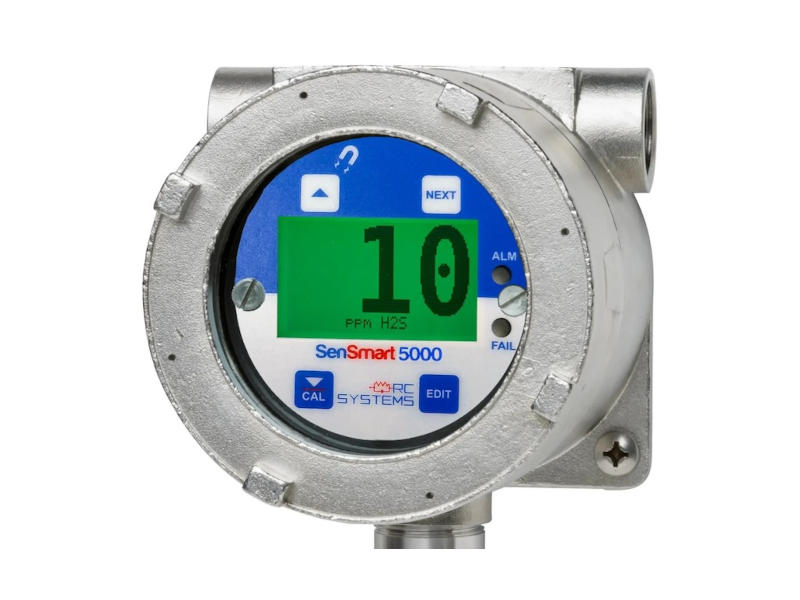No topic is hotter in the information technology arena than the internet. Industry experts discuss its impact on the computing world. Trade journals feature articles on internet solutions and products.
No topic is hotter in the information technology arena than the internet. Industry experts discuss its impact on the computing world. Trade journals feature articles on internet solutions and products. Software vendors scramble to make their applications web-enabled. The CMMS industry has not been immune to this trend and has embraced it with an enthusiasm that has left many maintenance departments wondering how and when to jump on the bandwagon.
Most maintenance departments recognize, if not utilize, the ability of the internet to access information from outside sources. This information ranges from vendor specifications and sales data to articles on best maintenance practices. Some maintenance organizations use the internet as an electronic commerce platform for online MRO purchasing. However, few recognize its full potential to extend the reach of a CMMS beyond the terminals or PCs in maintenance.
Recognizing the potential
Why does the internet matter in the CMMS world? There are several reasons. It can:
– Provide a cost-effective connection for those who otherwise may not have direct access to the CMMS
– Make critical maintenance information more accessible inside the company
– Let users view maintenance data without directly using CMMS software
– Supply the maintenance department with critical information from external databases
– Make electronic commerce viable with trading partners
– Provide a mechanism that ties together remote sites and divisions.
A traditional CMMS architecture restricts data access to users running the CMMS software on their desktop workstation. Information flows into or out of the system through paper reports, fax transmissions, and telephone calls. Although interfaces can be constructed between a CMMS and other business systems, they tend to be expensive and difficult to justify. Consequently, most CMMSs operate in a stand-alone mode communicating to the outside world through manual processes.
The internet/intranet approach
A maintenance department can use the internet to break this traditional model. Key personnel continue to use CMMS software installed on their workstations to access the system and perform such core functions as entering and scheduling work orders, issuing material, recording labor charges, and monitoring equipment history. They can also use a direct link between their CMMS software and the internet to access external entities such as MRO suppliers and equipment vendors.
However, others in the company who need CMMS functionality on a limited basis can connect to the CMMS through their web browser and the company web server. This type of connection, which is internal to the company, is known as intranet access. The type of information these users send to and receive from the CMMS vary. For example, users may enter work order and purchase requisition requests through web browsers instead of calling the maintenance department. Management can monitor maintenance expenditures, backlog, and equipment downtime using the company intranet.
An intranet solution can provide a cost-effective way to connect occasional users to a CMMS. A direct connection is expensive, typically involving a software license fee for each concurrent user. Casual users must learn to use software that provides more functionality than they need. For users in other buildings, the connection may even involve the installation of remote communication hardware and software. In many situations, an intranet solution can reduce these connection costs by allowing a limited access to CMMS functionality through their familiar web browsers.
CMMS workstation users also benefit because this approach gives them access to external information that would typically require the construction of a more expensive interface or manual entry on their system. For example, MRO inventory can be ordered directly from a supplier or vendor’s web page instead of through a complicated electronic data interchange (EDI) transaction or a more cumbersome paper purchase order.
Potential uses and users
Intranet/internet technology can enhance the functionality of a CMMS. Internally, the intranet can let user departments perform several functions:
– Enter and retrieve information from the CMMS database
– Provide remote sites with a connection to the CMMS
– Share information with other company plants
– Access data in other company systems.
External to the company, the internet can be used to perform numerous other functions:
– Place orders with MRO suppliers
– Let MRO suppliers monitor inventory levels
– Populate CMMS inventory files with MRO supplier data
– Download equipment vendor procedures, PM specifications, and equipment drawings
– E-mail support requests to equipment and software vendors
– Obtain articles from professional associations and online trade journals
– Communicate with industry professionals
– Search for consultants, software, and contractor services
– Access external training resources
– Download software from vendors
– Access diagnostic software
– Communicate with outside contractors.
Applying the technology
This technology is still emerging. Some CMMS vendors have just started to integrate internet functionality into their products, while others are much farther along in the process. However, maintenance organizations should actively seek out internet solutions instead of waiting for a CMMS vendor to deliver a shrink-wrapped solution. The benefits are too great to ignore.
Give full consideration to any internet solution offered by your CMMS vendor. If the vendor does not provide one, press for one that directly addresses your needs. In most cases, your needs are the same as other maintenance organizations and the vendor should be addressing them as an enhancement to the product, not a custom modification. If you are looking for a new CMMS, make sure internet capabilities are on your list of desired features.
If a solution is not available from your CMMS vendor, don’t give up. Consider building one of your own. The cost of internet technology continues to decrease. Numerous web authoring and data publishing tools are available. They are easy to use and relatively inexpensive. Look for ways to collect data such as work order requests or equipment utilization logs through the company intranet or the e-mail system. Consider using suppliers that let you search their catalogs and place your orders over the internet.
If nothing else, make sure your company intranet web pages list the maintenance department’s mission statement and organizational structure. If your company does not have an intranet, become a proponent for its implementation.
The internet can greatly increase the accessibility of maintenance information within a company. Given the critical nature of such information today, the potential of this technology is too great to ignore.
Tom Singer has more than 18-yr experience in the design, development, and implementation of plant and facilities maintenance management solutions. Tompkins Associates, an engineering-based consulting firm specializing in total operations, has practices in warehousing, logistics, maintenance, manufacturing, and more. It also provides educational seminars and speeches on a wide range of industry topics. For more information, contact the firm at 800-789-1257.



